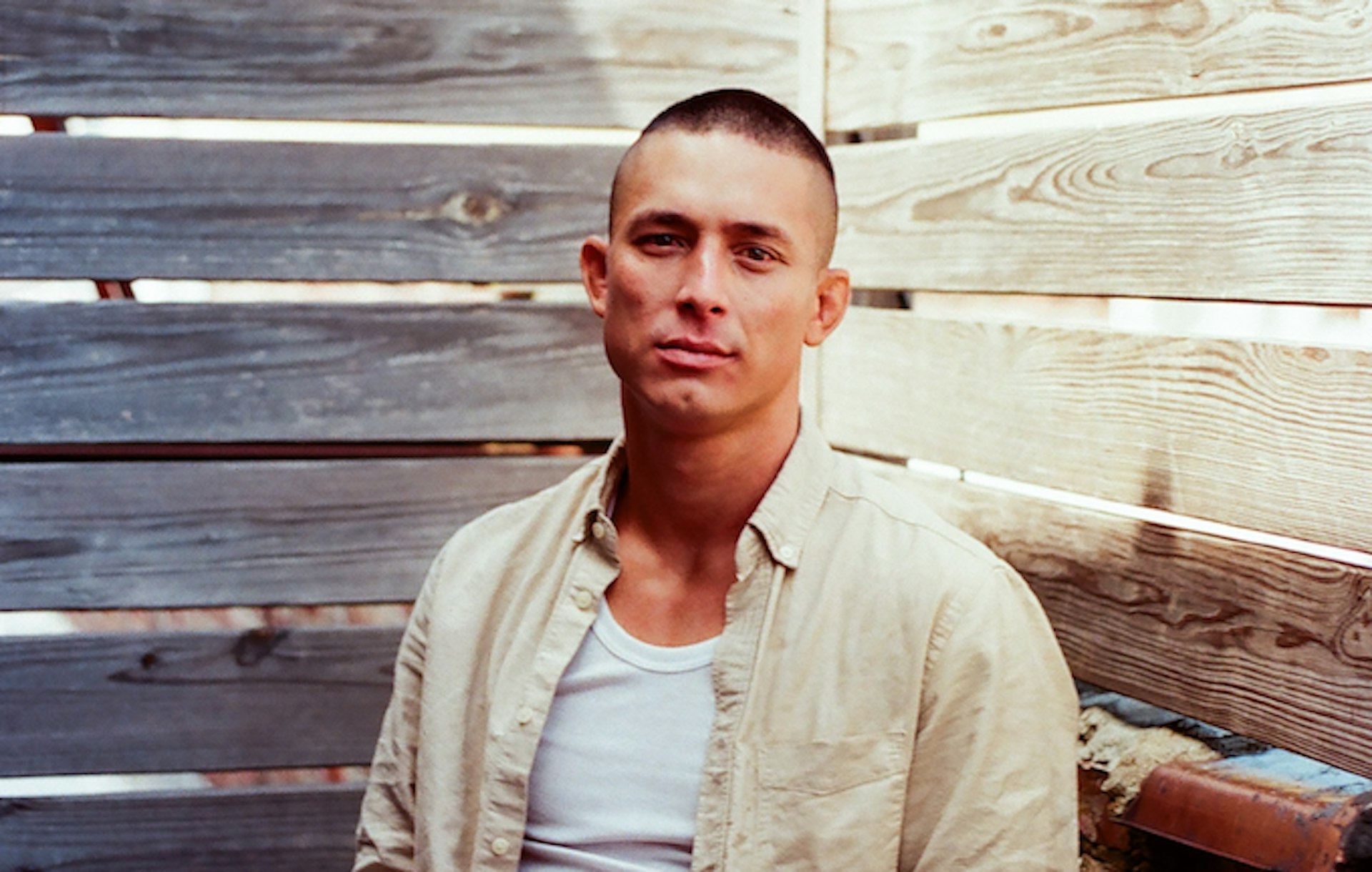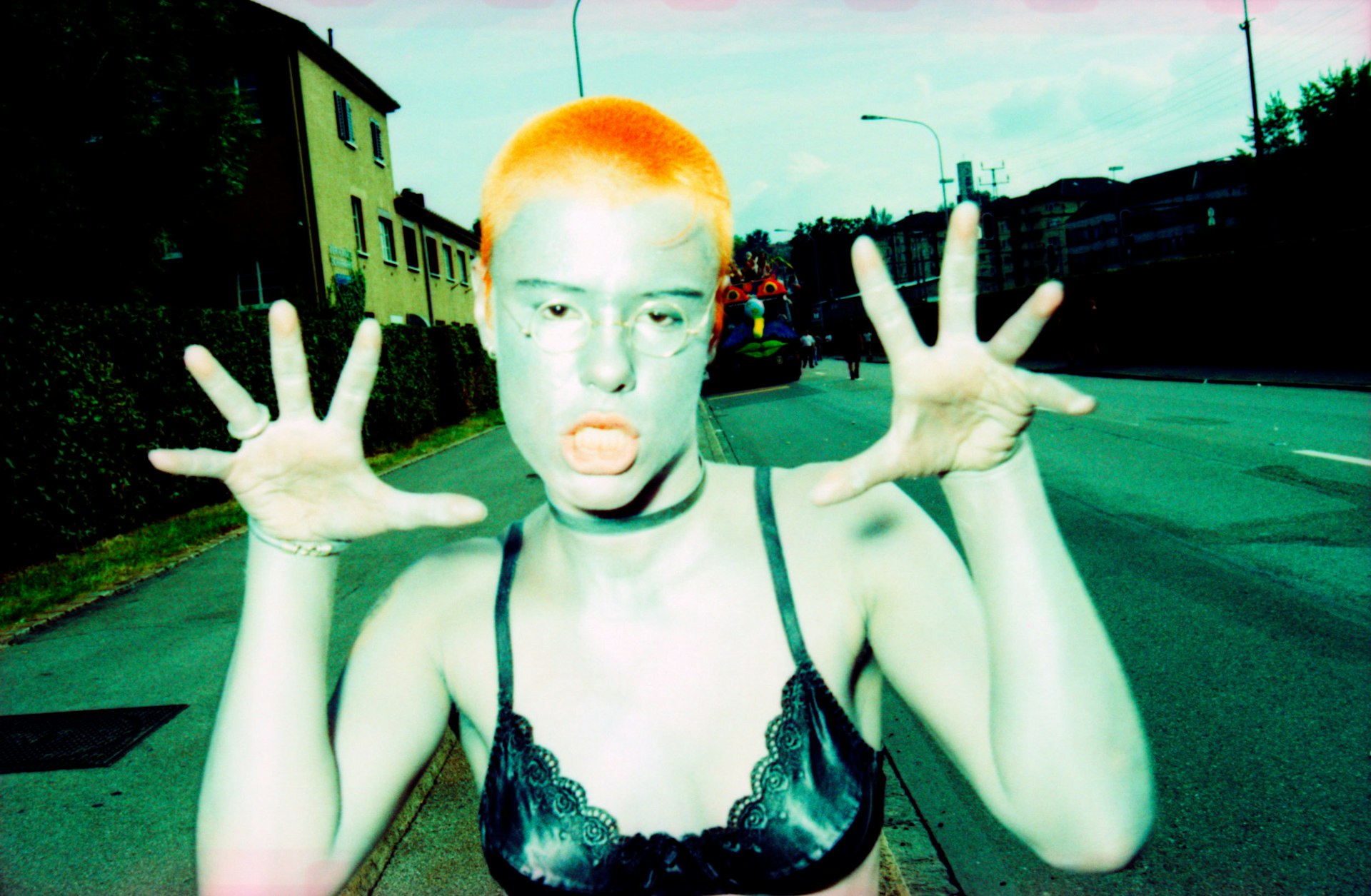
Photos capturing the emerging Swiss techno scene
- Text by Miss Rosen
- Photography by Philipp Mueller
As a young teen growing up outside Zurich in the 1980s, Philipp Mueller recognised a natural affinity between art, photography, music, and style. “There was still no internet – but there was MTV,” he recalls. “That’s when I discovered Anton Corbijn with his videos for Depeche Mode.”
Inspired by this, Mueller began taking pictures of his friends in the New Wave and punk scene. “In retrospect, I think that the camera made it easier for a shy suburban boy to get to know people. With the girls too, of course,” he says.

By the early ‘90s, techno culture began to emerge worldwide, taking root at underground raves, in nightclubs, and at street parades. At the time, Zurich was conservative when it came to nightlife. “It was very difficult to legally open a restaurant or even a club so some pioneers started throwing illegal parties in the industrial areas,” Mueller says.
Word quickly spread, drawing hundreds, if not thousands, of revellers ready to dance the night away. Not yet a raver, Mueller fell into the scene by chance when he struck up a conversation with Marc Menden of Mad Hairstylings while helping a friend at the Roxy’s cloakroom. “He was an absolute insider of the Zurich scene,” Mueller says. “We quickly became friends and that opened the right doors for me.”
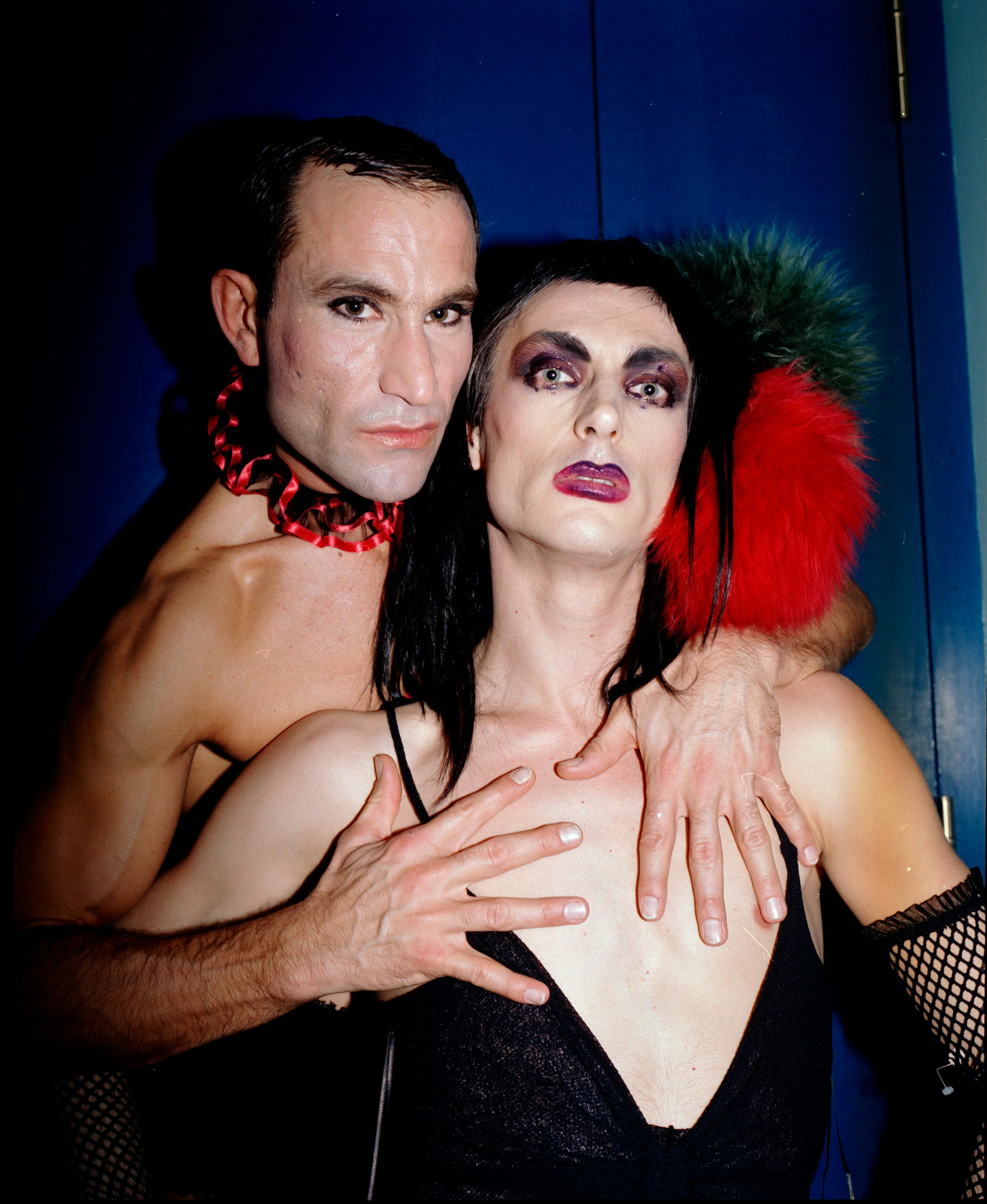

Through Menden, Mueller began shooting for Forecast and Sputnik magazines. “I was pretty wild in the nightlife but never lost sight of my goal – to become an international photographer,” he says.
In a new book, 120 bpm (Edition Patrick Frey), Mueller revisits some of the wildest scenes from his youth. Bringing together 260 images drawn from his archive, along with facsimile clippings from rave magazines and fanzines and first-hand accounts of the scene from those who were there, 120 bpm is a colourful throw back to an era fuelled by experimentation, hedonism, and libertine delight.
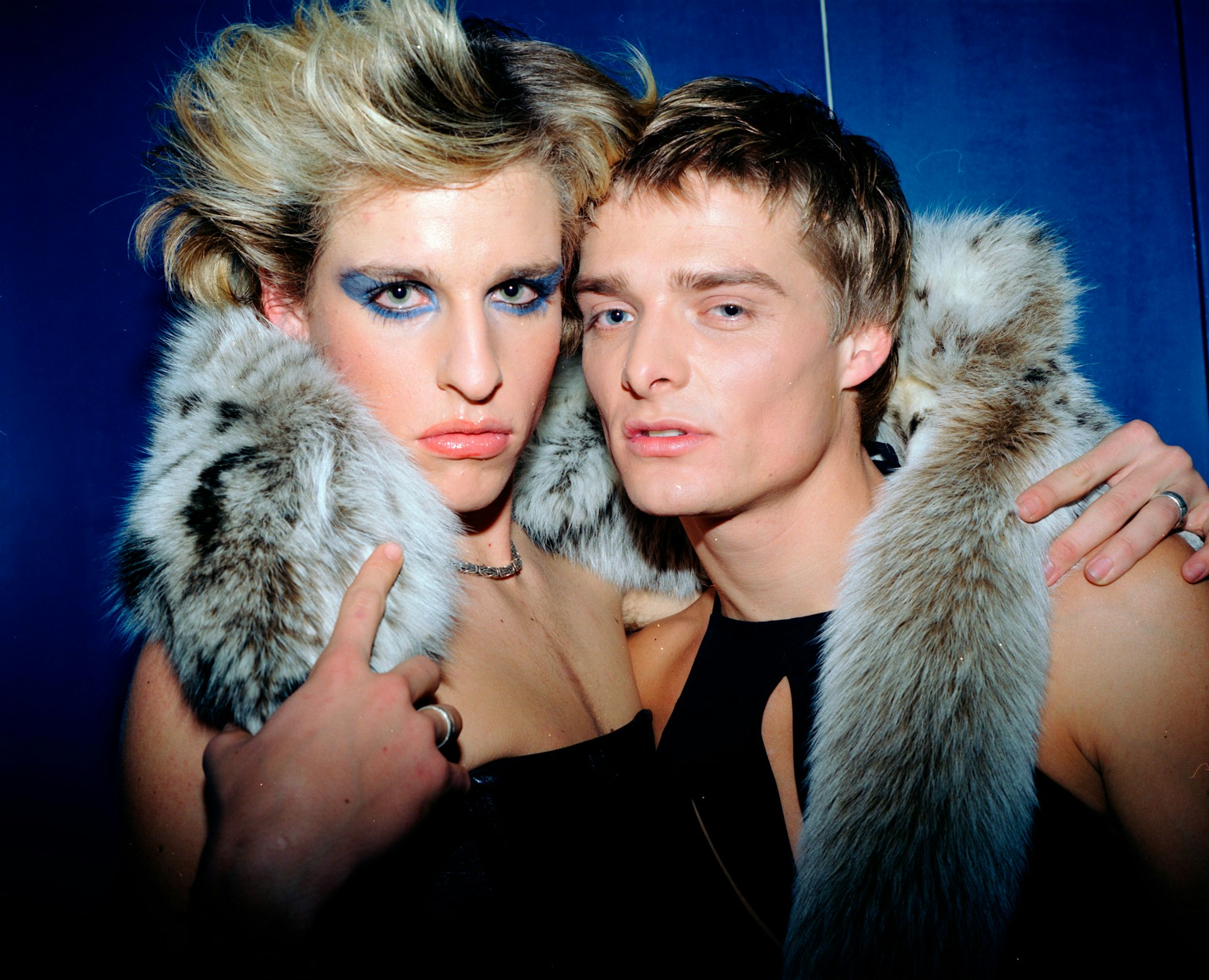
The consummate insider, his photos capture the DIY energy of the scene. “I danced in garages, warehouses, cellars and abandoned office buildings,” he says. “It was often dirty, sweaty, and sometimes so foggy that you couldn’t see your hand in front of your eyes. But we were free. No one looked askance if you looked different. Freaks were welcome.”
30 years later, some of the locations Mueller partied are now regular clubs – a testament to the foundations built in the ‘90s. Five years ago, while rummaging through old negatives stored in his parents’ basement, Mueller unearthed this work. “I found a lot of pictures that are stylistically modern or cool again today,” he says.
“The great thing about the ‘90s was the diversity in music and art. Magazines had the courage to publish new photographic styles. Individuality was essential for society. Creativity and dreams were more important than the efficient display of products. But I am not looking back and always try to take my inspiration from the current situation in society. I’m curious what kind of story the ‘20s will write.”
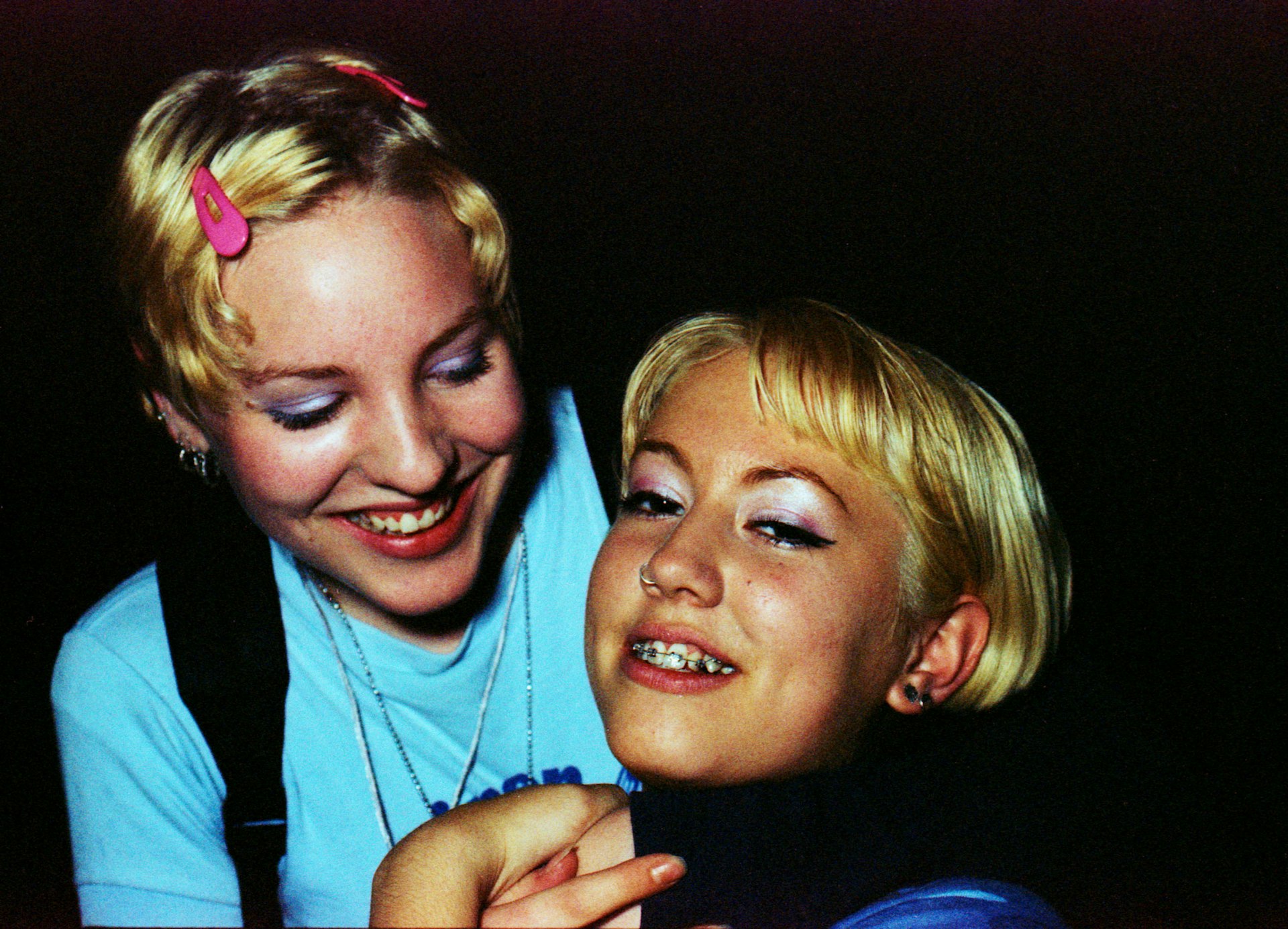
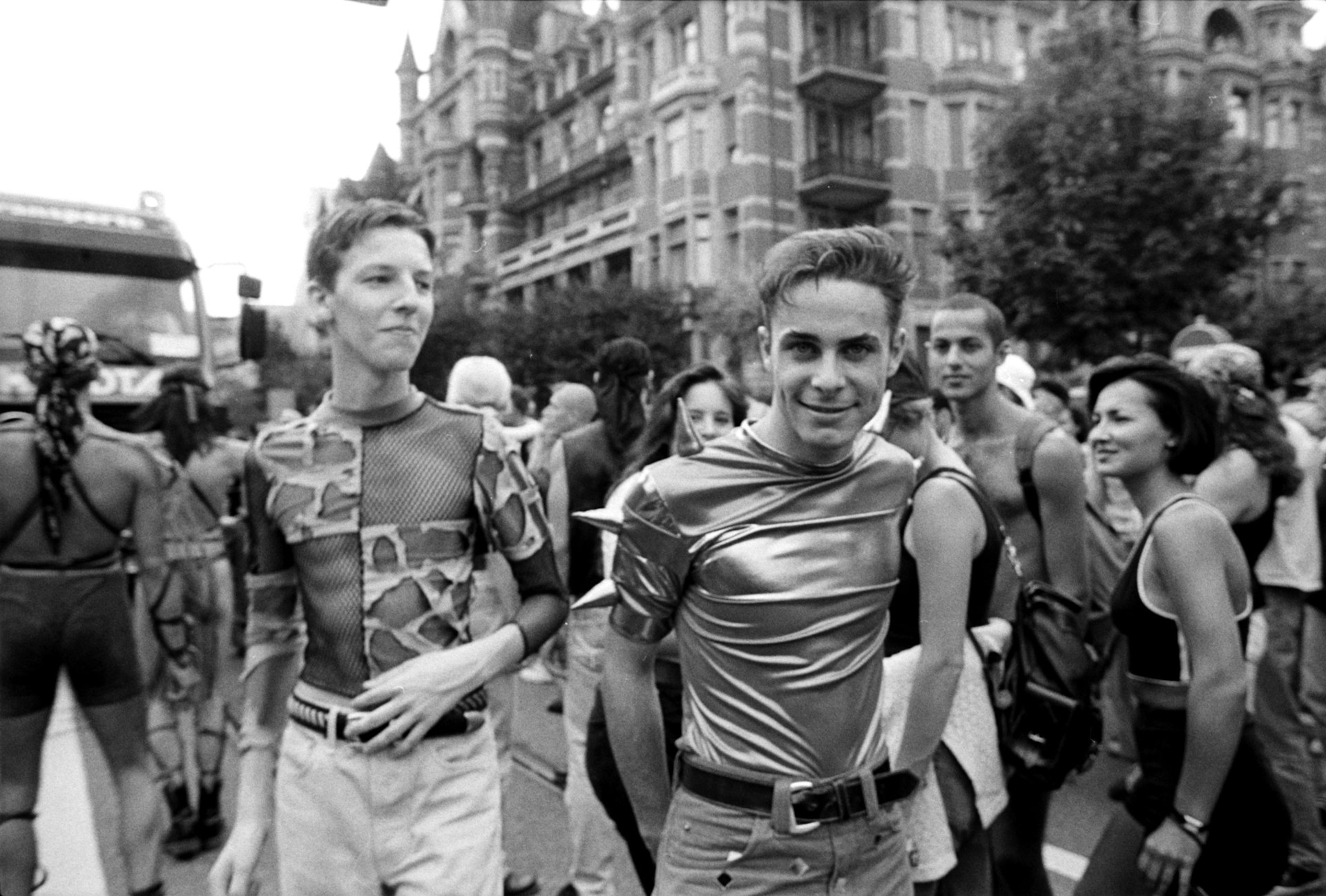
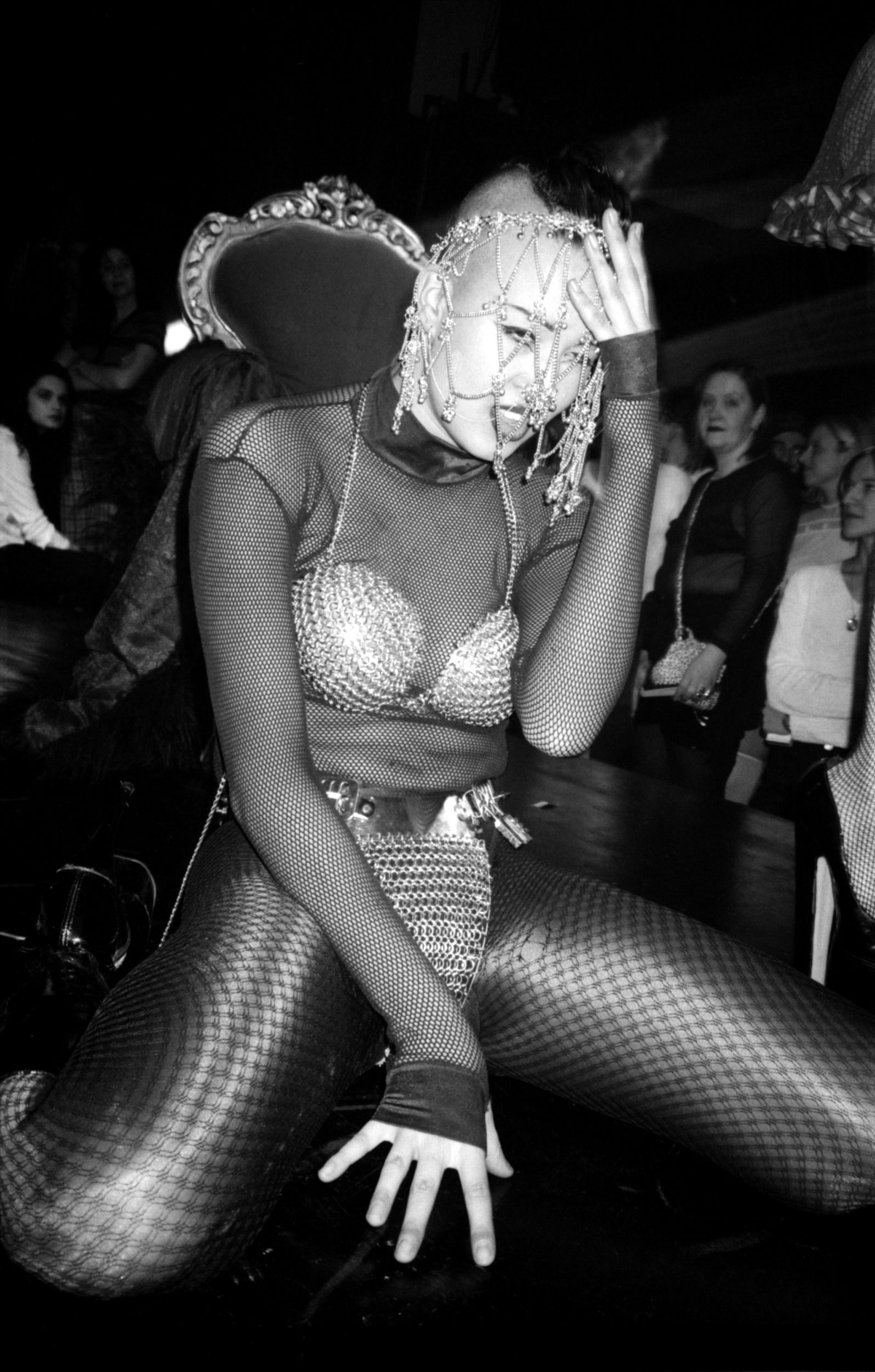
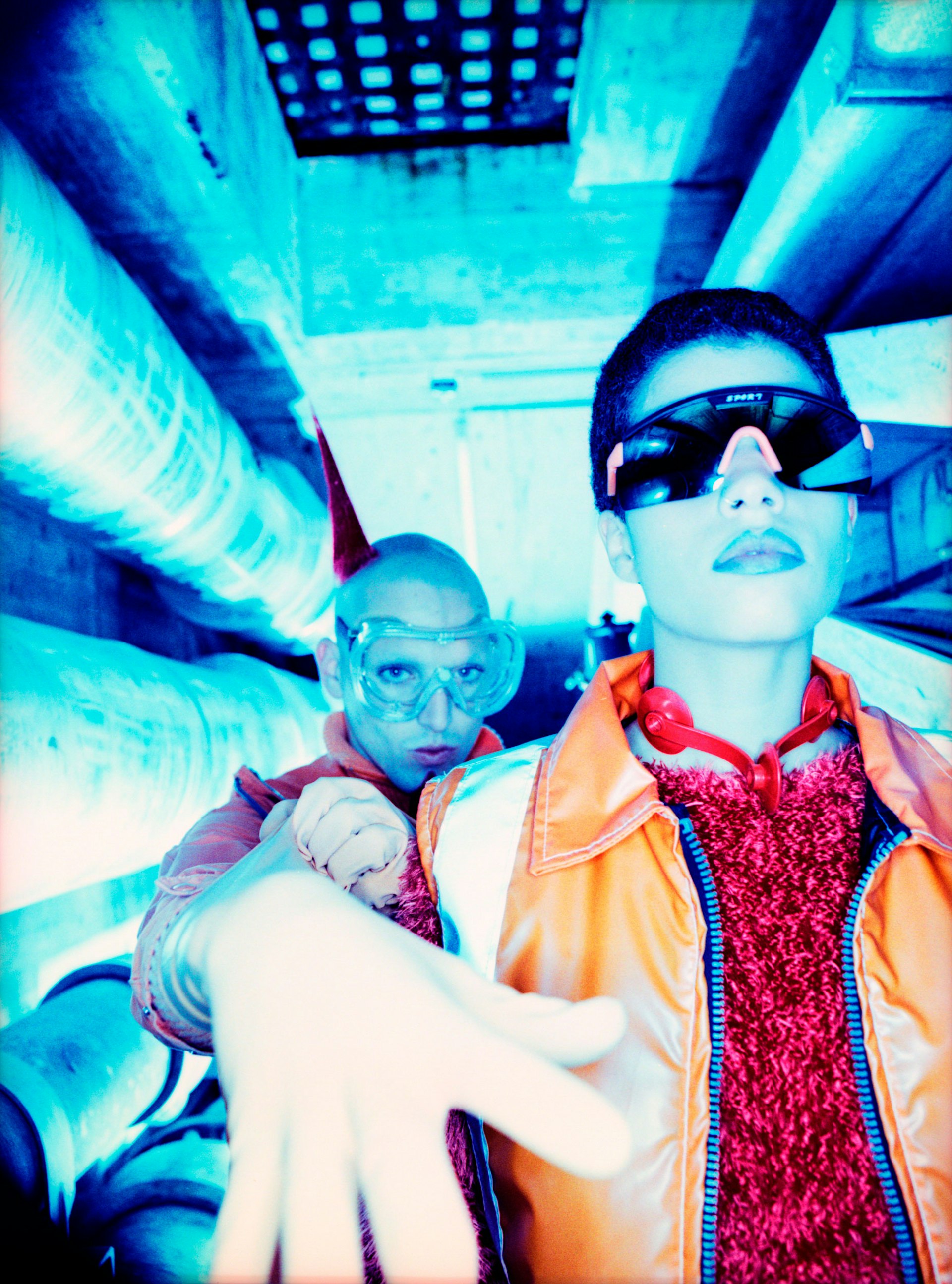
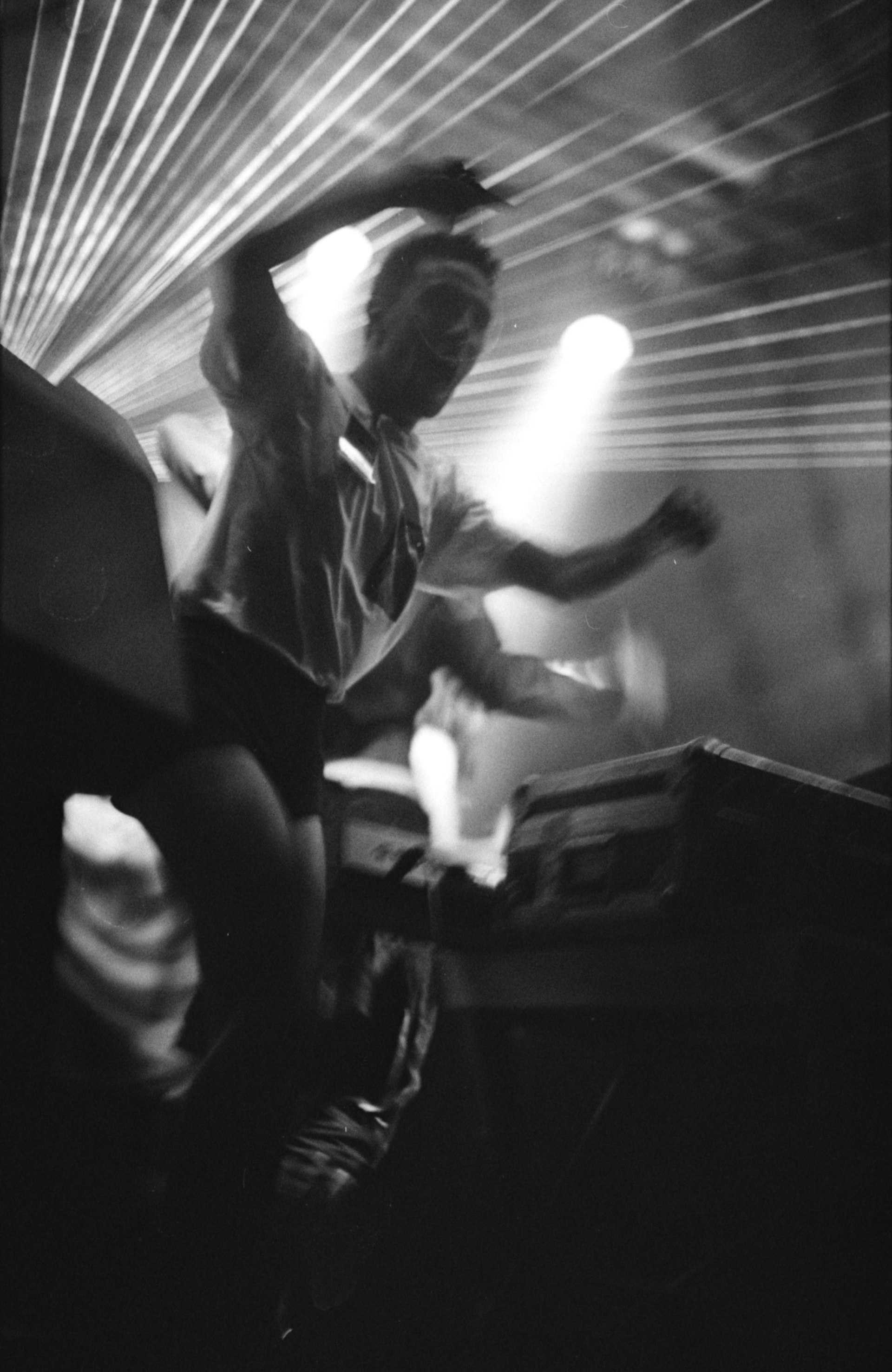
120 bpm is out now on Edition Patrick Frey.
Enjoyed this article? Like Huck on Facebook or follow us on Twitter and Instagram.
